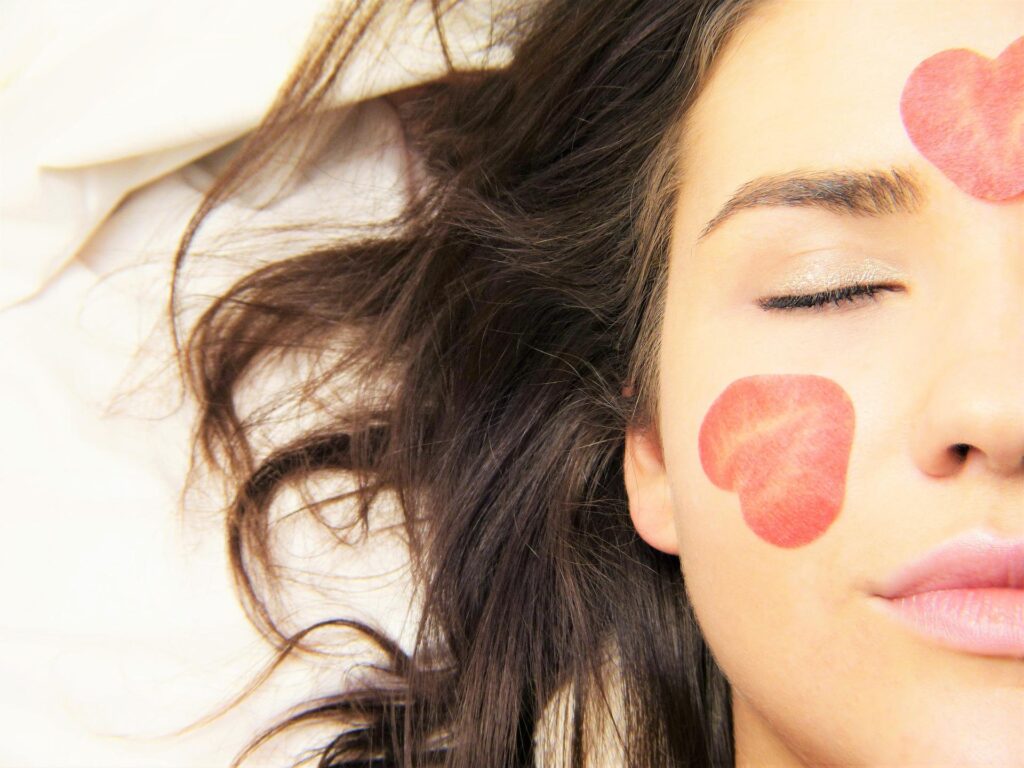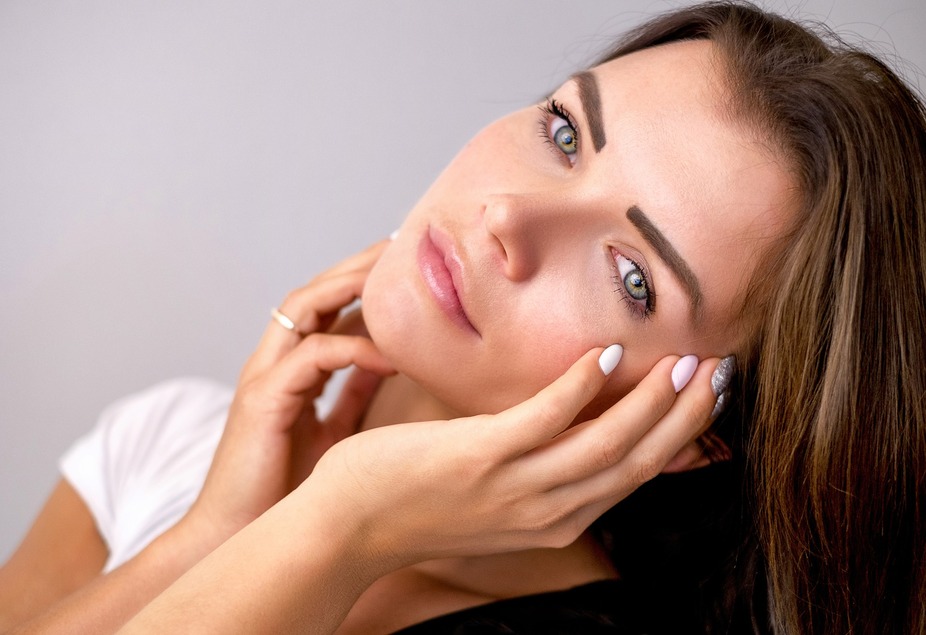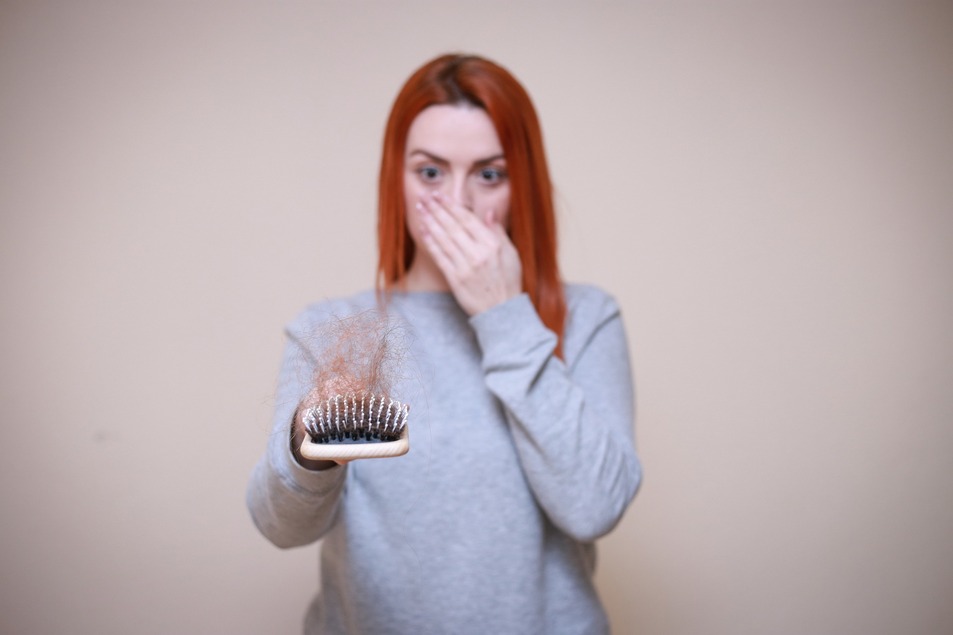Welcome to our comprehensive facial field guide: Allow us to assist you wade through the waters if you’ve ever felt overwhelmed and/or puzzled by the sheer quantity of skin treatments available. Facials, you see, require an expenditure of both time and money. So, before booking any treatment, it’s critical to understand which choice is ideal for your skin type and problem. Granted, there are numerous spa services available, but this guide will assist you in navigating any menu. Also, read: Types of Skin Color Names
Table of Contents
The Types of Facials
In general, every facial involves steaming, exfoliating, extracting, massaging, moisturizing, and so on – with a few additional treatments or instruments thrown in, depending on the needs of your skin. As an example, an esthetician performing an acne facial could spend more time on extractions, whereas someone who offers a lymphatic facial might need to spend more time on massage. Below are highlights of each type of treatment:
Traditional Facial Expressions
We have your typical face here. Every esthetician has their own order and products, but here’s a general idea:
Skin Analysis: According to celebrity esthetician Renée Rouleau, “the esthetician will begin by conversing with you and asking you questions so they can identify the best treatment plan for your skin.”
Cleanse: To prepare the body for further treatments.
Steam: To enhance blood flow and make extractions easier for the esthetician.
Massage: Arguably the most enjoyable aspect of the therapy (IMO). Techniques and timing may differ, but most estheticians will conduct some type of facial massage to improve product absorption, stimulate circulation, and shape the facial muscles.
Manual Extractions: If your skin is clogged, an esthetician may do extractions to clear up the clogged pores. The particular order here varies: “Unlike other estheticians, I always perform extractions after the massage,” Rouleau says, but this is usually after the steam and exfoliation processes.
Mask: The options differ depending on your skin’s need (hydrating, pore refining, etc.).
1. Hydrafacial Treatment
By utilizing microdermabrasion-like technology, hydra facials exfoliate and hydrate skin while simultaneously rehydrating it with nutrient-rich serums to revitalize it. Hydrafacial treatments are non-invasive and gentle enough to be used on even the most sensitive and acne-prone skin types. Ava Shamban, M.D., creator of SKIN FIVE, recommends that it should not be used on active, open acne. Also, Read: Healthy Diet for Glowing Skin
2. LED face
While there are still some concerns about how low-level light therapy works, its ability to promote collagen production, repair scars, and kill bacteria has been widely acclaimed. Furthermore, Shamban explains that different hues may have differing effects on the skin, since they represent distinct wavelengths, each of which penetrates at different depths, resulting in different skin conditions that can be treated.
3. Facial Firming or Contouring
As part of an exercise facial, the skin is shaped and tightened. Professionals will often perform a few minutes of massage to lift and tone muscles, but a firming facial usually requires more time and tools. Nina Carla, the medical esthetician at Motykie Med Spa, says you may want to consider going to the gym for your face as well. Workout facials are designed to lift, firm, and sculpt the skin in order to prevent sagging. A microcurrent device or vibration therapy tool (such as Darden’s famous sculpting wand) can be used in this type of facial. Whenever I do a facial, I use microcurrent gloves. The cheek muscles are literally scooped up by these devices, which allows for more evenly distributed therapy. For more lifted and sculpted cheekbones!” Also, Read: How to Take Care of Dry Skin
The Advantages of Facials
You’ll have your annual checkups with your doctor to address any concerns, but you may need the assistance of a dietitian or personal trainer to attain specific exercise and nutrition goals. Besides seeing a dermatologist for frequent skin check-ups, an esthetician can help you maintain your skin. The upkeep of your skin is handled by estheticians in a very meaningful way. The professionals often schedule appointments for an hour or more so they can spend time with your skin and discuss any concerns you may have. The benefits of [facials] go beyond cleaning pores and toning skin, according to Rouleau. You’ll also learn how to care for your skin at home and what foods to avoid if you suffer from acne as well. Additionally, because estheticians deal with a wide range of skin types every day, they can assist you with all your skincare needs. When you get skincare advice early, you can develop healthy habits that last a lifetime, says Rouleau.
It’s essential to know what you’re getting into before booking a facial. When it’s time to invest in a deep clean, refer to this advice for a refresher.



